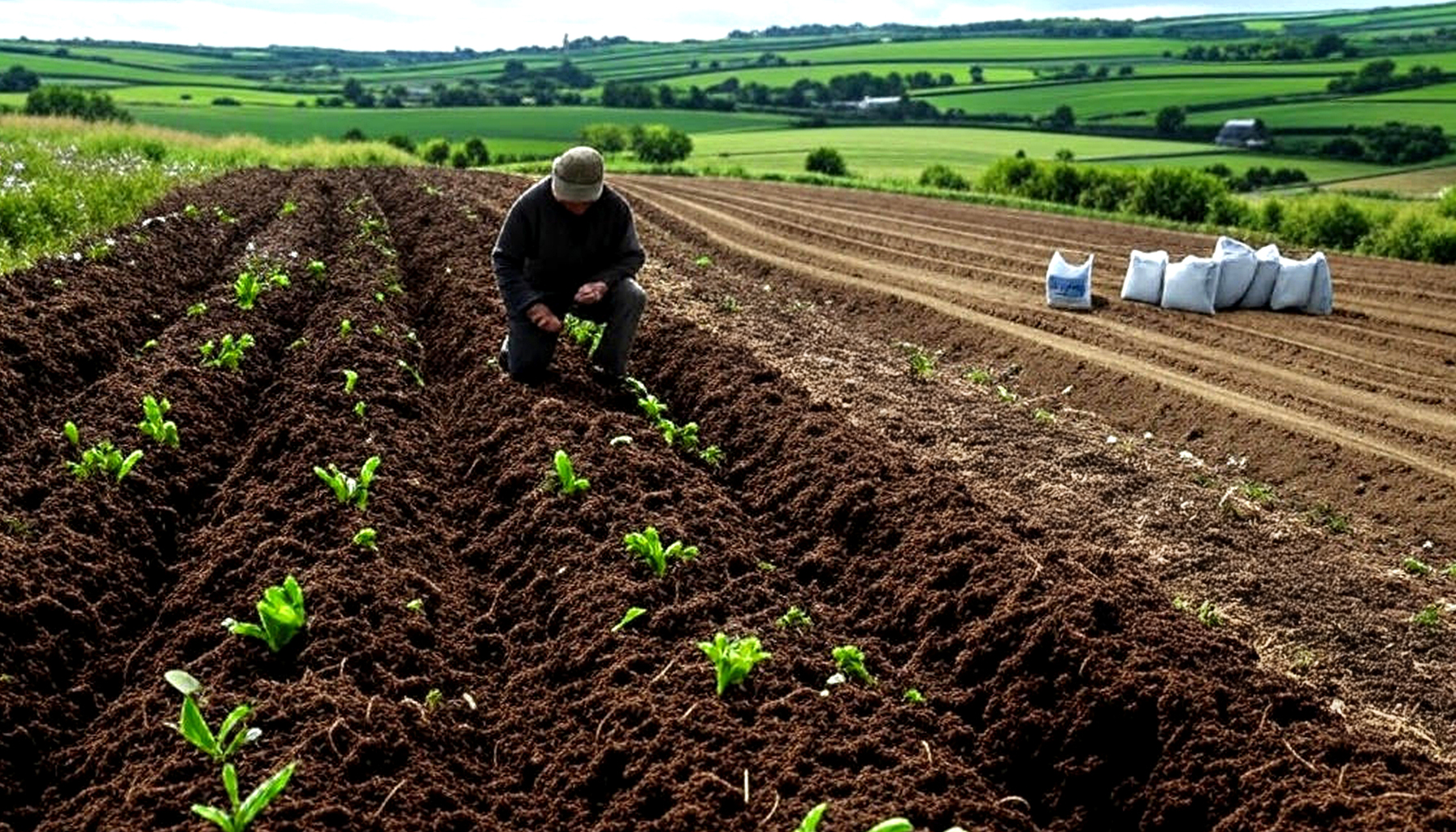As UK farmers prepare for the 2025 planting season, the choice between organic and conventional seeds remains a pivotal decision influencing crop yields, economic returns, and environmental sustainability. This comprehensive analysis delves into the distinctions between these seed types, examining costs, yields, market trends, policy frameworks, and sustainability considerations to guide informed planting decisions.
Understanding Organic and Conventional Seeds
-
Organic Seeds: Cultivated in adherence to stringent organic farming standards, these seeds are produced without synthetic fertilizers, pesticides, or genetically modified organisms (GMOs). The production process emphasizes natural growth methods, soil health, and ecological balance.
-
Conventional Seeds: Produced using traditional agricultural practices, these seeds may involve synthetic chemicals and GMOs to enhance growth, pest resistance, and yield.
Cost Implications
The initial investment in seeds significantly impacts overall farming expenses. Organic seeds generally come at a higher price point due to the meticulous cultivation practices required. Factors contributing to higher organic seed costs include:
-
Certification Expenses: Organic certification involves rigorous processes to ensure compliance with organic standards, adding to production costs.
-
Lower Yields: Organic farming often results in reduced yields compared to conventional methods, influencing seed pricing.
-
Labor Intensity: Organic farming practices require more manual labor, especially for weed and pest control, contributing to higher operational costs.
Yield Comparisons
Yield performance is a crucial consideration when selecting seed types. Studies indicate that organic crops typically produce lower yields than conventional ones. However, these yield differences are highly contextual, depending on system and site characteristics, and range from:
-
5% Lower Organic Yields: Observed in rain-fed legumes and perennials on weak-acidic to weak-alkaline soils.
-
13% Lower Yields: When best organic practices are employed.
-
34% Lower Yields: In scenarios where conventional and organic systems are most comparable.
Notably, during drought conditions, organic systems have demonstrated resilience. For instance, the Rodale Institute's Farming Systems Trial reported that organic corn yields were 31% higher than conventional yields in drought years, highlighting the potential advantages of organic practices under specific environmental stresses.
Economic Returns
Despite higher seed costs and potentially lower yields, organic farming can offer favorable economic returns, primarily due to premium pricing in the market. Organic farmers often benefit from sustained prices above those for non-organic cereals, with premiums over conventional prices. Pricing is often localized and based on spot sales rather than contracts or futures.
Market Trends
The demand for organic products continues to rise, influencing the organic seed market's growth trajectory. Increasing awareness of health and environmental benefits associated with organic products drives consumer demand, encouraging farmers to consider organic seed options.
Policy Frameworks and Subsidies
The UK's agricultural policy landscape significantly influences the viability of organic and conventional farming practices. Post-Brexit, the UK government introduced the Environmental Land Management scheme (ELMS), designed to reward farmers for sustainable practices, including organic farming. However, recent developments have caused uncertainty within the farming community.
In March 2025, the Department for Environment, Food and Rural Affairs (Defra) announced a pause in the Sustainable Farming Incentive (SFI), a key component of ELMS. This unexpected suspension has left many farmers uncertain about future payments, sparking criticism from the National Farmers' Union (NFU) and the Country Land and Business Association (CLA). Many fear the move could slow down progress on sustainable farming practices.
Environmental and Sustainability Considerations
Organic farming practices prioritize environmental sustainability by:
-
Enhancing Soil Health: Emphasizing crop rotations, cover cropping, and composting to improve soil structure and fertility.
-
Reducing Chemical Usage: Eliminating synthetic fertilizers and pesticides, thereby minimizing environmental contamination and promoting biodiversity.
-
Mitigating Climate Impact: Organic systems often have better carbon sequestration capabilities and resilience to climate variability.
Challenges and Considerations
Farmers contemplating a shift to organic seeds should be mindful of several challenges:
-
Transition Period: Converting from conventional to organic farming requires a transition period, during which yields may decline, and certification processes must be completed.
-
Market Access: Securing markets that are willing to pay premium prices for organic products is essential to offset higher production costs.
-
Knowledge and Expertise: Organic farming demands a deep understanding of ecological processes and effective management practices to maintain productivity.
Conclusion
The decision between planting organic or conventional seeds in 2025 hinges on various factors, including economic goals, environmental values, market opportunities, and resource availability. While organic seeds entail higher initial costs and may yield less, they offer benefits such as premium market prices and environmental sustainability. Conversely, conventional seeds provide higher yields and lower costs but involve practices that may have environmental drawbacks. Farmers must carefully assess their unique circumstances, market demands, and long-term objectives to make the most suitable choice for their operations.
References

